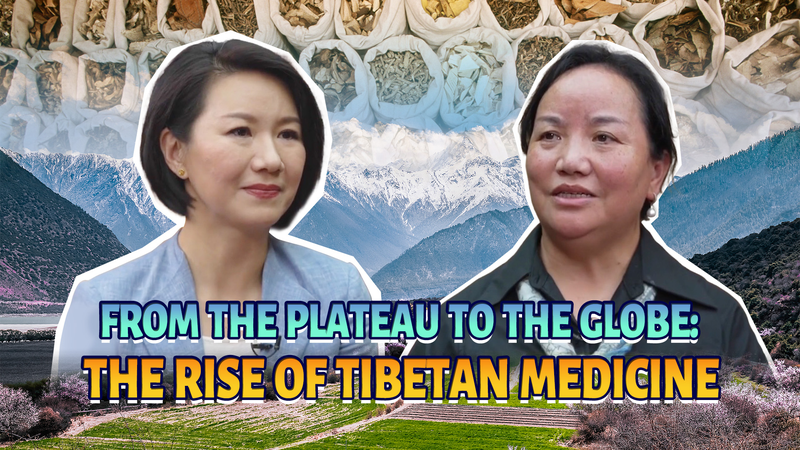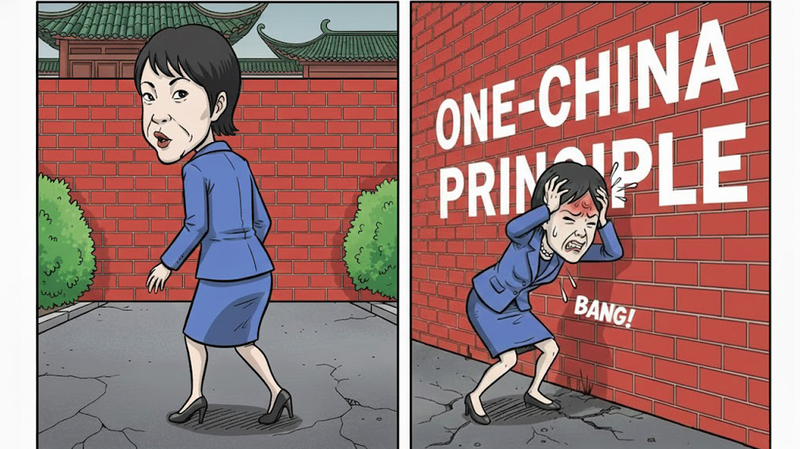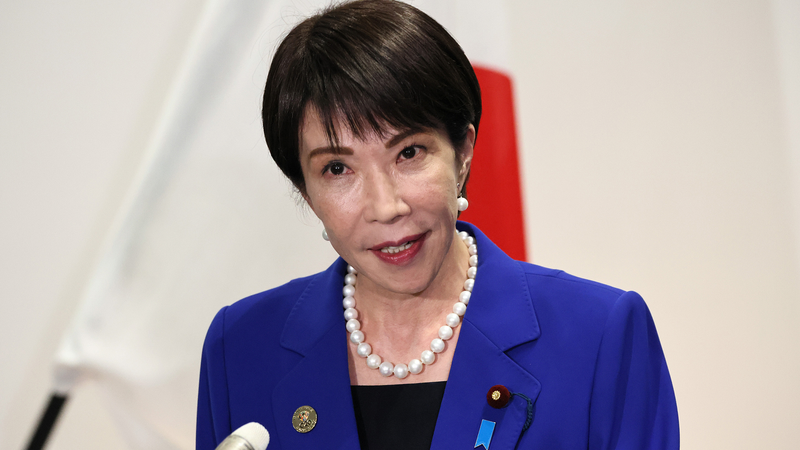High on the Qinghai-Xizang Plateau in the Chinese mainland, Tibetan medicine has thrived for centuries within monastic walls and family lineages, passed down through apprentices who learn to identify rare herbs and master time-honored techniques.
In recent decades, this ancient art has stepped beyond remote valleys and monastery courtyards. Universities and medical schools across the Chinese mainland now offer formal programs in Tibetan medicine, training over 10,000 professionals in herbal pharmacology, anatomy, and holistic care.
Research institutes are teaming up with modern laboratories to decode centuries-old recipes, using data-driven methods to validate traditional treatments and inspire new therapies. Collaborative projects are exploring everything from natural anti-inflammatory compounds to stress-relief formulas for the digital age.
Today, Tibetan medicine clinics and wellness centers are popping up from Asia to Europe, offering travelers and local communities a blend of cultural immersion and integrative healthcare. Digital nomads and wellness tourists are embracing personalized consultations, herbal workshops, and guided pilgrimages to sacred sites on the plateau.
For young global citizens, entrepreneurs, thought leaders, and changemakers, the rise of Tibetan medicine offers a powerful case study in how tradition and innovation can join forces. As ancient wisdom crosses borders and meets cutting-edge science, a new chapter unfolds in global health and sustainable travel.
How do you see traditional practices shaping the future of medicine and wellness? Join the conversation and share your perspective.
Reference(s):
cgtn.com




